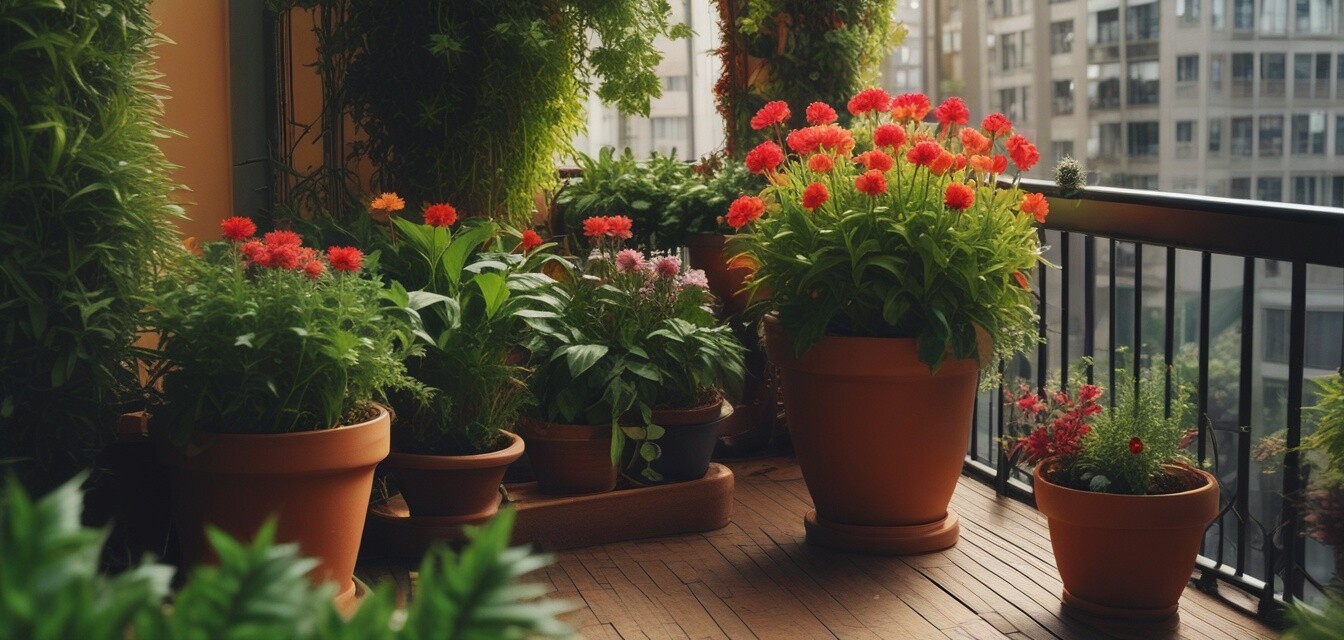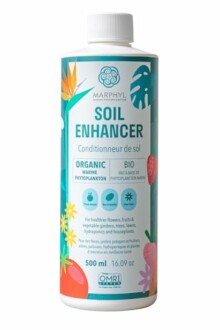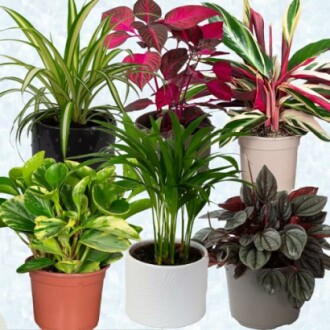
Best Practices for Fertilizing Houseplants
Key Takeaways
- Understanding plant nutrient needs is essential for growth.
- Use organic fertilizers for safer indoor environments.
- A regular fertilization schedule supports healthy plants.
- Incorporate specific fertilizing techniques for different plant types.
- Monitor plant response to fertilizers to adjust as needed.
Welcome to our guide on fertilizing houseplants! As urban dwellers, we can transform our small spaces into lush gardens. Understanding how to fertilize your indoor plants effectively is crucial for nurturing a vibrant garden. In this article, we will explore techniques that ensure your houseplants thrive, helping you create a verdant oasis right on your balcony.
Understanding Houseplant Nutritional Needs
Houseplants require essential nutrients for optimal growth. These nutrients can be divided into macronutrients and micronutrients:
| Type | Nutrients |
|---|---|
| Macronutrients | Nitrogen (N), Phosphorus (P), Potassium (K) |
| Micronutrients | Iron (Fe), Manganese (Mn), Zinc (Zn), Copper (Cu), etc. |
Choosing the Right Fertilizer
Selecting the appropriate fertilizer depends on your specific plants and their growth stages. Here are some options to consider:
- Granular Fertilizers: Slow release, offering nutrients over time.
- Liquid Fertilizers: Quick absorption for immediate improvement.
- Organic Fertilizers: Safe for both the environment and pets.
- Cactus and Succulent Fertilizers: Tailored for low moisture plants.
Featured Product: Organic Liquid Fertilizer
MARPHYL Organic Liquid Fertiliser
Ideal for indoor plants, promoting robust growth and vibrant blooms with natural ingredients.
Learn MoreWhen to Fertilize Your Houseplants
Timing is crucial for effective fertilization:
- Growth Season: Fertilize during spring and summer when plants actively grow.
- Resting Period: Reduce or pause fertilization during fall and winter.
How to Apply Fertilizer
Here are some best practices for applying fertilizer:
- Read the Instructions: Always follow the guidelines on the fertilizer package.
- Water Before Application: Ensure the soil is moist to prevent root burn.
- Distribute Evenly: Spread granules evenly or dilute liquids as instructed.
- Avoid Over-Fertilization: Too much fertilizer can harm your plants.
Monitoring Plant Health
Your plants will indicate their nutrient needs through their appearance. Watch for signs such as:
| Signs | Possible Causes |
|---|---|
| Yellowing Leaves | Possible nitrogen deficiency. |
| Stunted Growth | Insufficient nutrients. |
| Browning Leaf Edges | Potential over-fertilization or lack of water. |
Conclusion
Fertilizing your houseplants doesn't have to be difficult. By understanding their needs and following these best practices, your urban garden can flourish. With the right fertilizer, monitoring, and care, your balcony can become a vibrant green escape.
Explore More Gardening Tips
For more tips on urban gardening, check out our articles on plant selection for balconies, common gardening problems and fixes, or DIY balcony garden projects. Happy gardening!
Featured Product: Pet Friendly House Plants
6 x Pet Friendly House Plants
A beautiful collection of non-toxic house plants safe for your pets, ideal for apartments.
Learn More
